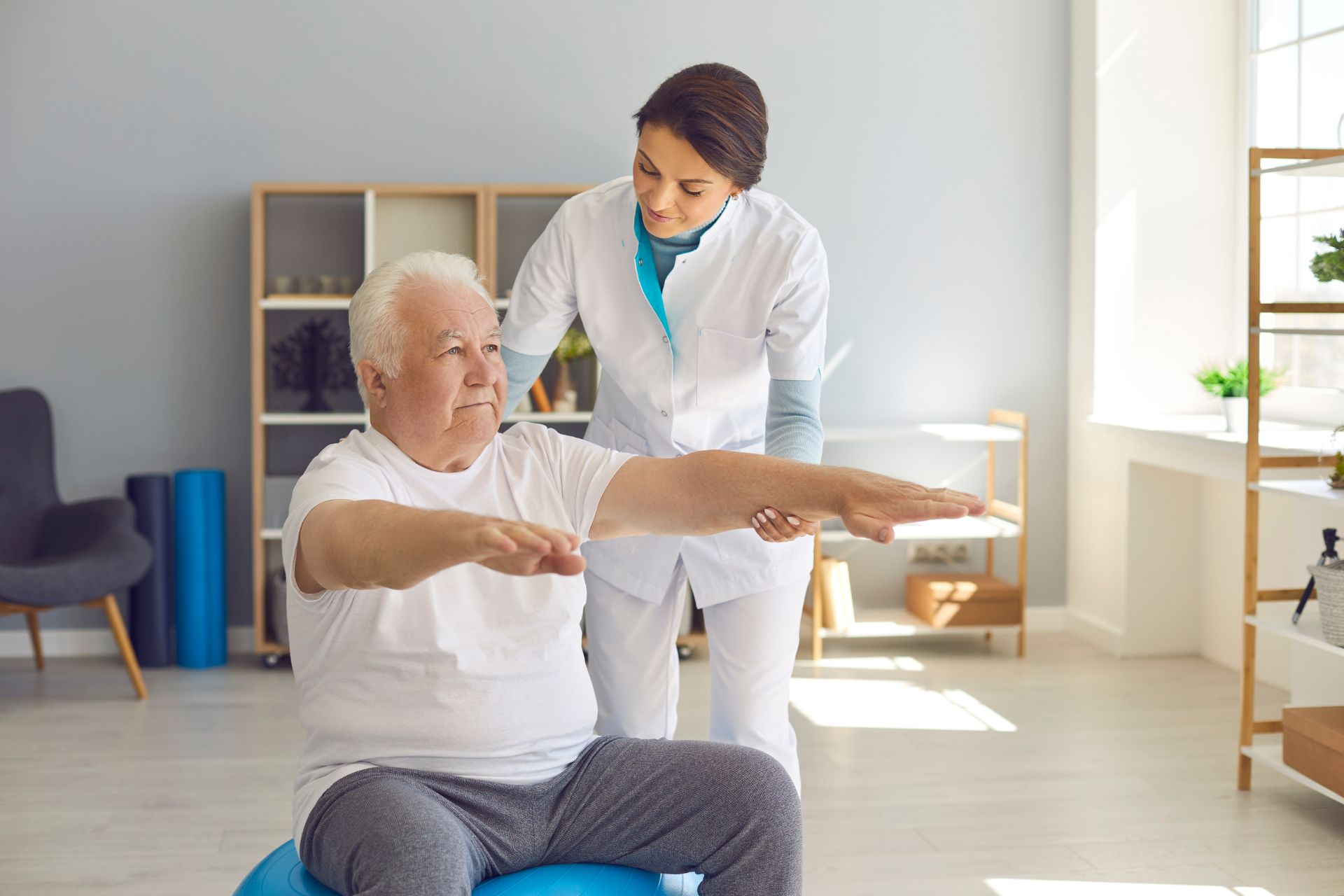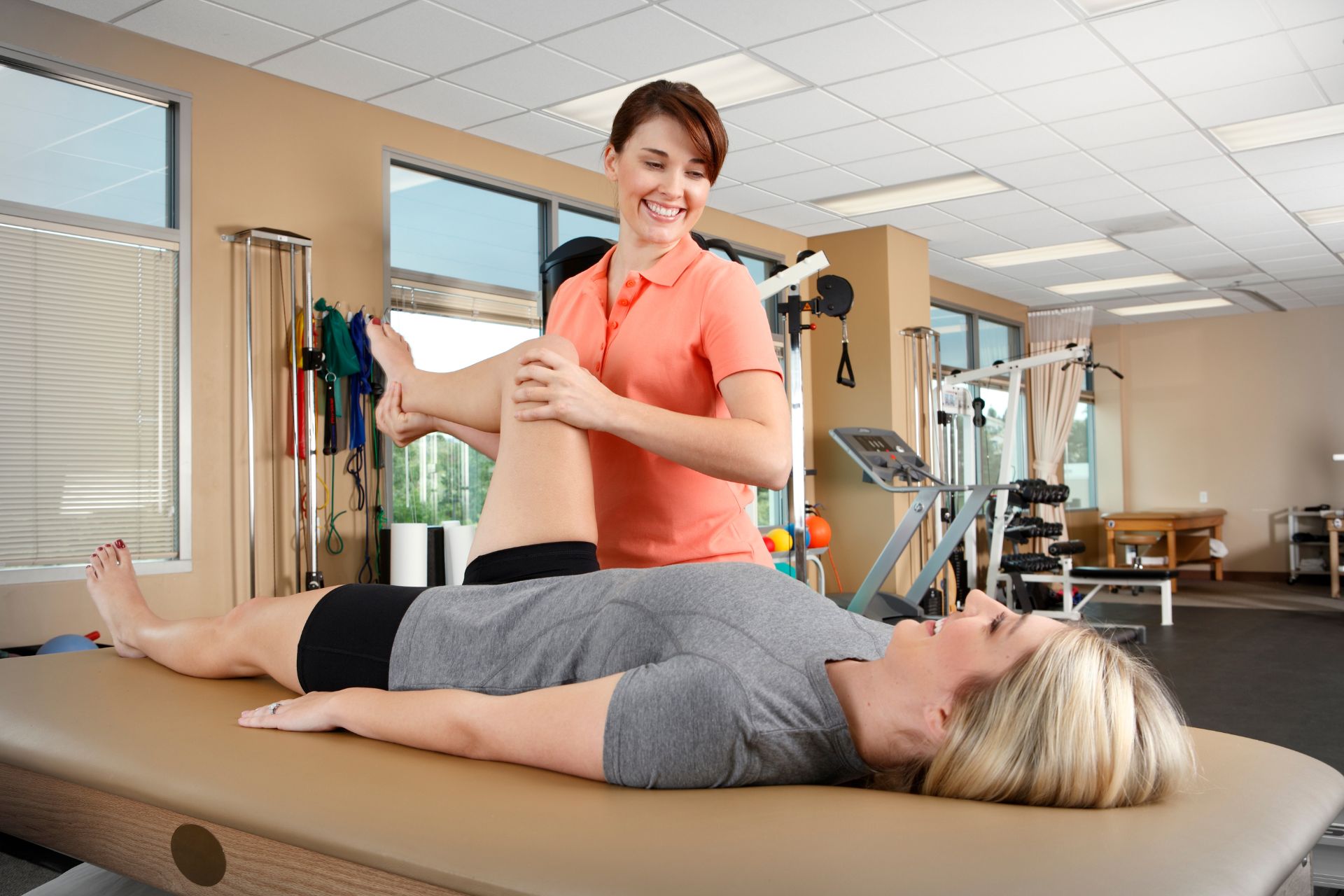Frequently Asked Questions
Chronic lower back pain management through physical therapy often involves a combination of techniques such as McKenzie Method exercises, which focus on spinal extension and posture correction, and core stabilization exercises that enhance the strength of the transverse abdominis and multifidus muscles. Manual therapy, including spinal mobilization and manipulation, can improve joint mobility and reduce pain. Myofascial release and soft tissue mobilization target muscle tension and fascia restrictions, while proprioceptive neuromuscular facilitation (PNF) techniques enhance neuromuscular control and flexibility. Additionally, therapeutic modalities like ultrasound and transcutaneous electrical nerve stimulation (TENS) may be employed to alleviate pain and inflammation. Tailored exercise programs incorporating aerobic conditioning, such as walking or swimming, and stretching routines for the hamstrings and hip flexors are crucial for improving functional outcomes and preventing recurrence.
Aquatic therapy, distinct from traditional physical therapy, leverages the unique properties of water, such as buoyancy, hydrostatic pressure, and viscosity, to alleviate chronic pain. The buoyancy reduces gravitational forces, allowing for decreased joint stress and enhanced mobility, which is particularly beneficial for individuals with arthritis or fibromyalgia. Hydrostatic pressure aids in reducing edema and improving circulation, while the resistance provided by water viscosity facilitates muscle strengthening without the risk of injury. Additionally, the warm water environment promotes muscle relaxation and increases blood flow, further contributing to pain relief. In contrast, traditional physical therapy often involves weight-bearing exercises on land, which may not be suitable for all patients due to increased joint stress and potential discomfort. By incorporating aquatic therapy, patients can experience a low-impact, supportive environment that enhances rehabilitation outcomes and improves overall quality of life.
Physical therapy can significantly aid in managing chronic pain associated with fibromyalgia by incorporating a variety of techniques such as myofascial release, gentle stretching, and low-impact aerobic exercises. These interventions aim to improve flexibility, enhance muscle strength, and increase range of motion, which can alleviate musculoskeletal pain and stiffness. Physical therapists often employ modalities like hydrotherapy, ultrasound, and transcutaneous electrical nerve stimulation (TENS) to reduce pain perception and promote relaxation. Additionally, they may provide education on body mechanics and ergonomics to prevent exacerbation of symptoms. By tailoring individualized exercise programs, physical therapy helps in reducing fatigue, improving sleep quality, and enhancing overall functional capacity, thereby contributing to a better quality of life for individuals with fibromyalgia.
Exercise prescription in physical therapy is pivotal for chronic pain management, as it involves the strategic design of individualized exercise programs that aim to enhance functional capacity, reduce pain perception, and improve quality of life. Physical therapists utilize evidence-based protocols to tailor exercise regimens that incorporate aerobic conditioning, strength training, flexibility exercises, and neuromuscular re-education, addressing specific impairments and functional limitations. By focusing on graded exposure and pacing, therapists help patients overcome fear-avoidance behaviors and promote self-efficacy. The integration of proprioceptive training and core stabilization exercises further aids in optimizing biomechanical efficiency and reducing musculoskeletal strain. Additionally, exercise prescription often includes patient education on pain neuroscience, fostering a biopsychosocial approach that empowers patients to actively participate in their rehabilitation process, ultimately leading to long-term pain relief and improved physical function.
Physical therapy addresses chronic pain in patients with arthritis by employing a combination of targeted exercises, manual therapy, and patient education to improve joint function, reduce inflammation, and enhance mobility. Therapists utilize range-of-motion exercises to maintain flexibility, strength training to support joint stability, and low-impact aerobic activities to boost cardiovascular health without exacerbating joint stress. Techniques such as ultrasound, heat and cold therapy, and transcutaneous electrical nerve stimulation (TENS) are often integrated to alleviate pain and swelling. Additionally, physical therapists provide guidance on proper body mechanics and ergonomic adjustments to minimize joint strain during daily activities, empowering patients with self-management strategies to control symptoms and improve quality of life.

